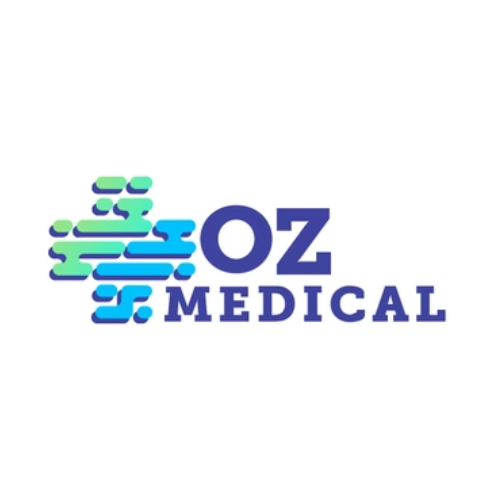Following a decision by the National Cabinet, mandatory isolation requirements for individuals testing positive for COVID-19 have been removed. However, it is important to note that these changes do not signify the diminished risk of respiratory viruses for individuals in our communities. Rather, they mark a transition to a more sustainable approach in managing the viruses.
Protecting others, especially the vulnerable:
Businesses and organisations have a responsibility to ensure the continued protection workers and customers, especially of those most vulnerable. This includes individuals with chronic health problems, the immunocompromised, those who have not received three doses of the vaccine, and individuals over the age of 70.
The Responsibilities of Businesses & Organisations:
In the wake of the legislative changes, businesses and organisations are now entrusted with the task of safeguarding their workers and customers from the risks associated with COVID-19. This can be achieved through the implementation of workplace health and safety requirements and policies. Here are some key considerations for businesses:
-
Mask Policy: Develop and enforce a clear mask policy that aligns with local health guidelines. This policy should outline when and where masks should be worn within the workplace premises.
-
Visitor Policy: Establish a visitor policy that includes restrictions on the entry of COVID positive individuals to protect the safety of staff and customers. This policy should outline guidelines for visitors and their adherence to health and safety protocols.
-
Workforce Policy: Create a comprehensive workforce policy that includes guidelines for the return to work of COVID positive individuals and close contacts. This policy should prioritize the health and safety of staff members, particularly those who are at a higher risk of severe disease.
-
Vaccination Policy: This policy can outline the importance of vaccination, provide information on vaccination opportunities, and address any concerns or questions raised by employees.
High Risk Workplaces:
Certain settings, such as hospitals, Aboriginal healthcare facilities, disability services, and aged care facilities, require special attention due to their vulnerable populations. These settings require additional measures to protect against COVID-19 and flu risks. COVID positive individuals should not enter these facilities unless seeking essential care.
Conclusion:
Despite the relaxation of isolation rules, the obligation to protect workers and customers from the risks of COVID-19 remains essential. Businesses and organisations must adapt to the evolving circumstances and implement workplace health and safety requirements and policies accordingly. By prioritising the well-being of staff, customers, and vulnerable individuals, we can continue to navigate the challenges posed by flu, COVID and other viruses while striving for a safer and healthier future.
